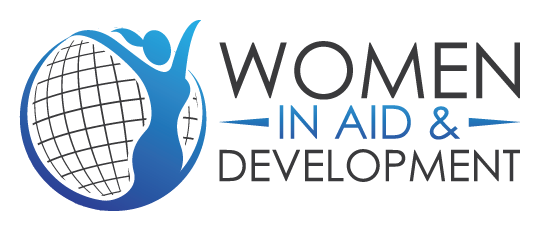Women are making their way onto NFP boards. But is it enough?
This post was written by Maggie Coggan for ProBono Australia. View the original article here.
Gender parity in positions of leadership is an issue the corporate sector has long battled.
In 2015, the Australian Institute of Company Directors (AICD) quarterly report on women on boards found that there were 28 all-male ASX 200 company boards.
In 2021 it’s a different picture, with this year’s quarterly report revealing that for the first time ever, there are no all-male boards at the ASX 200 companies.
So how does the not-for-profit sector compare?
It may come as no surprise, but the NFP sector generally does better than corporates when it comes to the representation of women on boards.
Nearly 80 per cent of respondents to the Institute of Community Directors Australia’s (ICDA) 2019 study of Australian not-for-profit boards said their board comprised at least 40 per cent women.
AICD research brings up the same results, with their annual NFP governance survey showing that around 40 per cent of NFP board members are female, while 60 per cent are male.
Phil Butler, the NFP sector lead at the AICD, told Pro Bono News that anecdotally this figure may be even higher.
“I would hazard a guess that the actual percentage [of women on boards] is higher than that across the not-for-profit sector,” Butler said.
“I guess because there’s other issues to worry about within the sector, it’s probably never been tracked particularly closely.”
But Kathy Richardson, executive director of the ICDA, told Pro Bono News that just because the NFP sector was not subject to the pressures placed on corporate and government boards in relation to gender diversity, didn’t mean the for-purpose sector was perfect.
“We believe we’re still a long way from equality. More than 20 per cent of NFP boards haven’t yet reached our 40 per cent threshold of women on boards,” she said.
She also said it was important to note that most charity board positions are voluntary, and that on these boards, women were less likely to hold leadership positions.
“So, while women might dominate the NFP sector’s many boards – doing much of the hard work for no pay and no glory – they’re harder to find further up the ladder,” she said.
Humanitarian sector takes matters into their own hands
In 2016, the peak body for aid and development NFPs, the Australian Council for International Development (ACFID), passed a resolution to see its member organisations (which include World Vision Australia and Australian Red Cross) reach a 50 per cent quota of women in positions of leadership.
In 2018, the number of women in “heads of agency” positions reached 50 per cent. However, representation of women at the board chair level was still low, sitting at 32 per cent.
New board member data, set to be released by ACFID next week, also shows that there is one member organisation with an all-male board.
Diversity must be a priority for the sector
And of course, gender diversity in charity boards is not the only issue the sector is grappling with.
In the 2019 ICDA survey, just 17 per cent of respondents said their board included at least one person younger than 25 years old; only 15 per cent said their boards included at least one Aboriginal or Torres Strait Islander person; only 17 per cent said their board included at least one person who identify as LGBTIQ+; and only 28 per cent said their board had at least one member with a disability.
NFP boards also seem to be lacking ethnic diversity, with fewer than half of the respondents (43 per cent) saying their board had at least one member from a culturally and linguistically diverse community.
Richardson said that, like the changes that have been achieved in gender equality, pushing for greater diversity in leadership was about changing attitudes and ensuring diversity was a priority for everyone.
“Nothing about this is easy,” she said.
“While structural reforms like legislation, targets, quotas, public reporting of results and training are happening, it’s still a hard and slow process. Everyone needs to keep pushing.”
